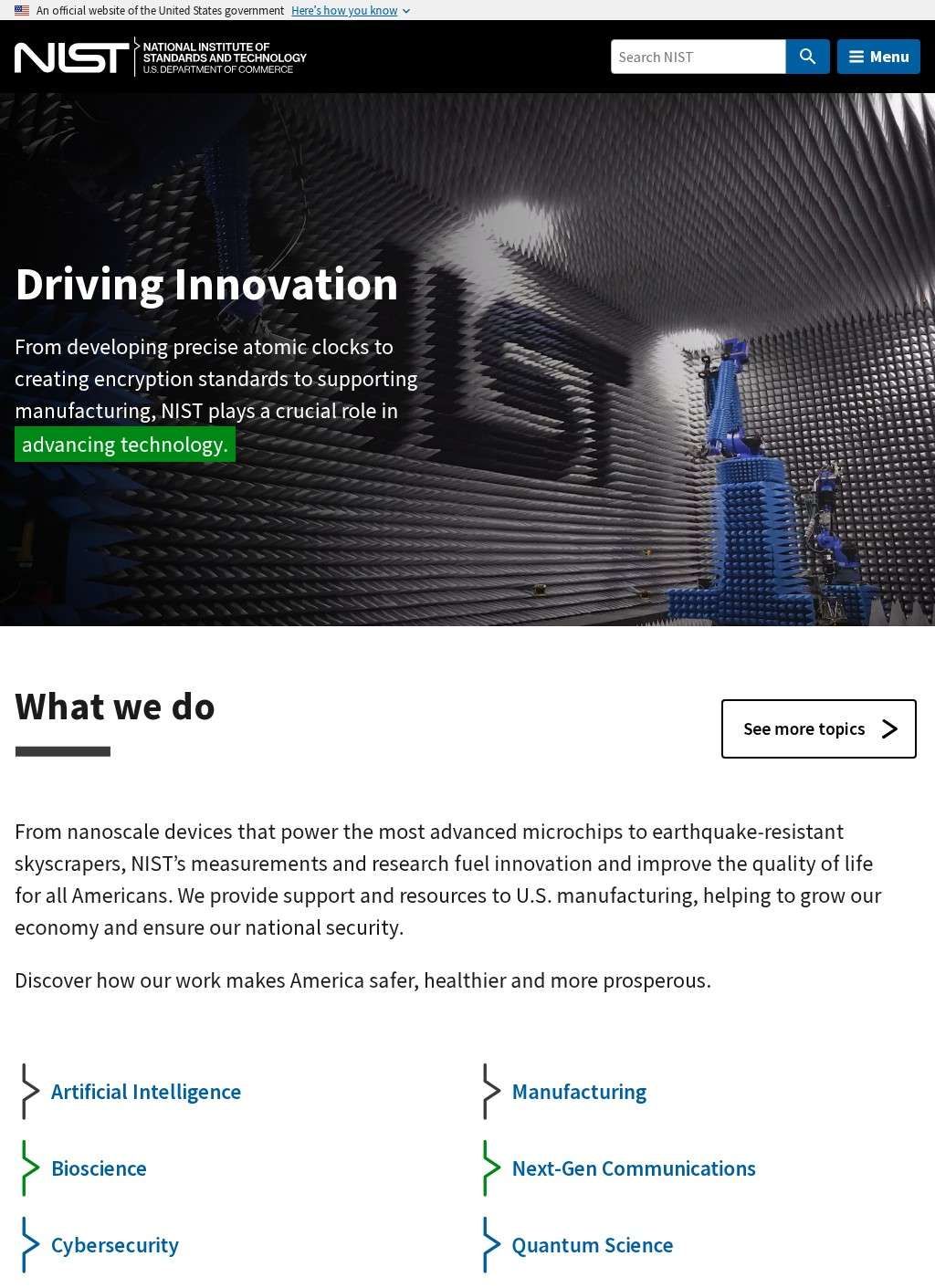The National Institute of Standards and Technology's cloud computing standards represent the definitive framework for understanding and categorizing cloud computing services across the technology industry. Published as NIST Special Publication 800-145 in September 2011 after extensive collaboration with government agencies and industry stakeholders, this documentation provides the authoritative definition that has become the global standard for cloud computing terminology and concepts. The NIST definition emerged from the need to create common understanding in a rapidly evolving technology landscape where vendors were using cloud computing terminology inconsistently, making it difficult for organizations to compare services and make informed decisions about cloud adoption.
The framework establishes five essential characteristics that define cloud computing: on-demand self-service, broad network access, resource pooling, rapid elasticity, and measured service. On-demand self-service allows consumers to provision computing capabilities automatically without requiring human interaction with service providers. Broad network access ensures capabilities are available over the network through standard mechanisms that promote use across heterogeneous client platforms. Resource pooling means the provider's computing resources serve multiple consumers using a multi-tenant model, with different physical and virtual resources dynamically assigned according to consumer demand. Rapid elasticity enables capabilities to be elastically provisioned and released to scale rapidly with demand, while measured service provides transparent monitoring and control of resource usage.
Three distinct service models form the core of the NIST framework: Software as a Service (SaaS), Platform as a Service (PaaS), and Infrastructure as a Service (IaaS). SaaS provides applications running on cloud infrastructure to consumers who access them through web browsers or application interfaces, with the consumer having no control over the underlying infrastructure. PaaS offers a platform for consumers to deploy their own applications created using programming languages, libraries, services, and tools supported by the provider, while managing the runtime environment but not the underlying infrastructure. IaaS provides fundamental computing resources including processing, storage, and networks, allowing consumers to deploy and run arbitrary software while maintaining control over operating systems and applications.
Four deployment models define how cloud services are made available: private cloud, community cloud, public cloud, and hybrid cloud. Private cloud infrastructure operates solely for a single organization and may be owned, managed, and operated by the organization itself, a third party, or a combination thereof. Community cloud serves a specific community of consumers with shared concerns such as mission, security requirements, policy, and compliance considerations. Public cloud infrastructure is provisioned for open use by the general public and may be owned, managed, and operated by a business, academic, or government organization. Hybrid cloud combines two or more distinct cloud infrastructures that remain unique entities but are bound together by standardized or proprietary technology that enables data and application portability.
The standards serve multiple critical functions within the technology ecosystem, providing a common vocabulary for vendors, customers, and government agencies to discuss cloud services meaningfully. Federal agencies use these definitions to evaluate cloud services for security and compliance requirements, while private organizations leverage them to compare different cloud offerings and assess which services truly meet their needs. The framework helps distinguish between cloud services and traditional hosting or managed services, preventing vendor misrepresentation and enabling more accurate procurement decisions. International standards organizations have adopted NIST's definitions as the foundation for global cloud computing standards.
Security and privacy considerations permeate the NIST cloud computing framework through additional publications that address specific concerns around data protection, access control, and regulatory compliance. NIST Special Publication 800-144 provides guidelines on security and privacy in public cloud computing, while other publications address topics like virtualization security, cloud security reference architecture, and risk management frameworks. These complementary documents help organizations understand the security implications of different cloud deployment models and service types, enabling informed decisions about data placement, access controls, and compliance strategies.
The framework's influence extends beyond mere definitions to shape procurement processes, vendor certifications, and industry best practices. Government agencies at federal, state, and local levels reference NIST cloud computing standards in their procurement requirements, ensuring that purchased services meet standardized criteria for cloud computing. Cloud service providers align their service descriptions and marketing materials with NIST terminology to facilitate customer understanding and comparison. Professional certification programs and educational curricula incorporate NIST definitions to ensure consistent understanding across the industry. The framework also serves as a foundation for more detailed standards development by other organizations.
Ongoing evolution and maintenance of the standards reflect the dynamic nature of cloud computing technology and business models. While the core definition has remained stable since 2011, NIST continues to publish supplementary guidance addressing emerging topics like hybrid cloud architectures, cloud security assessment, and cloud service measurement. The organization collaborates with industry stakeholders, academic institutions, and international standards bodies to ensure that the framework remains relevant and useful as cloud computing technology continues to evolve. Regular workshops, public comment periods, and research initiatives help NIST identify areas where additional guidance or clarification may be needed, ensuring that the standards continue to serve their intended purpose of promoting clear communication and informed decision-making in cloud computing adoption and implementation.
